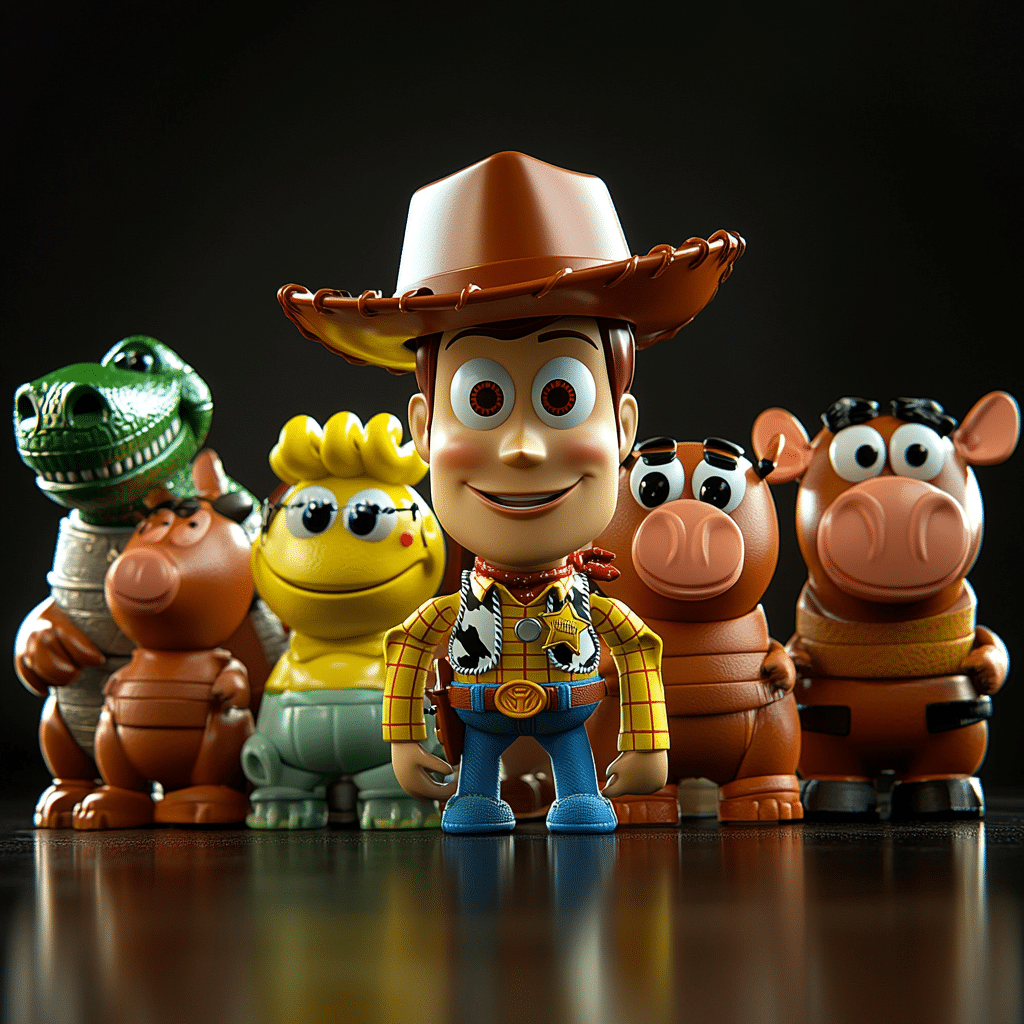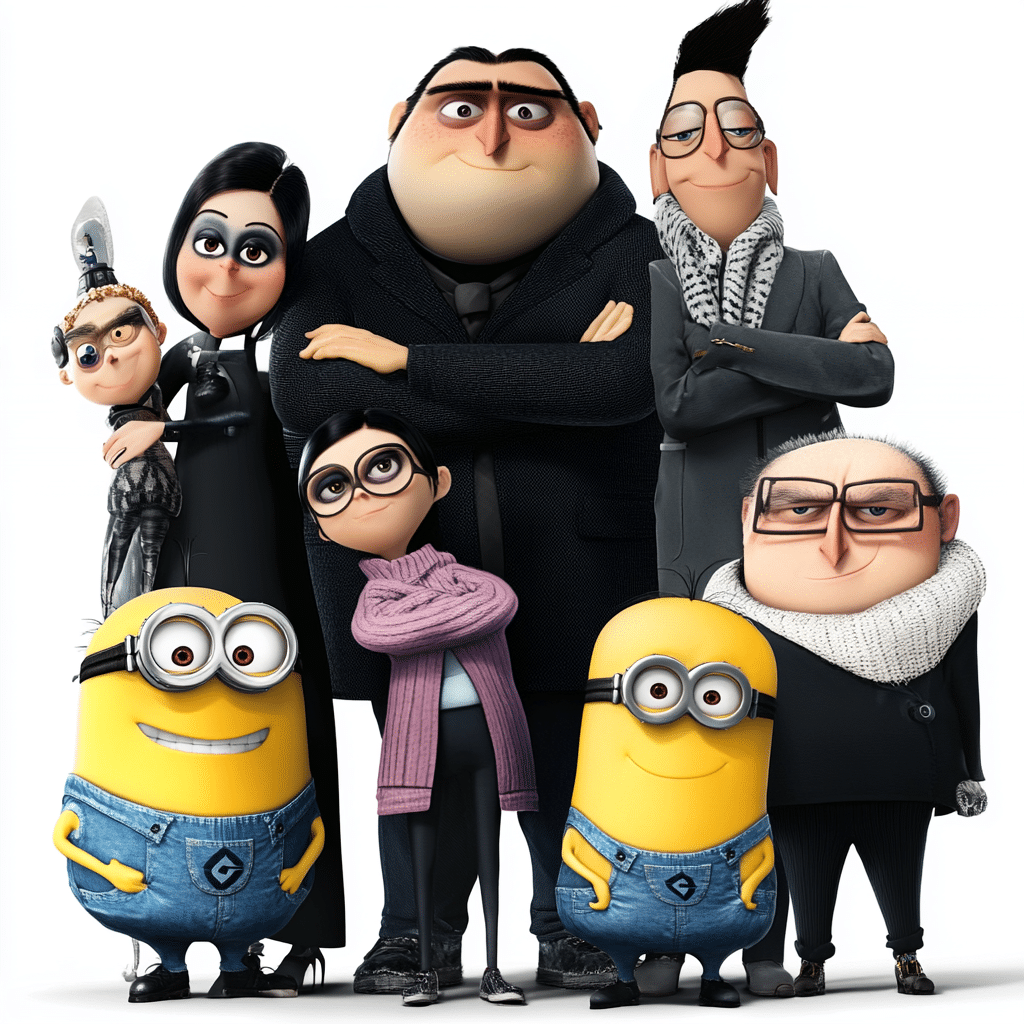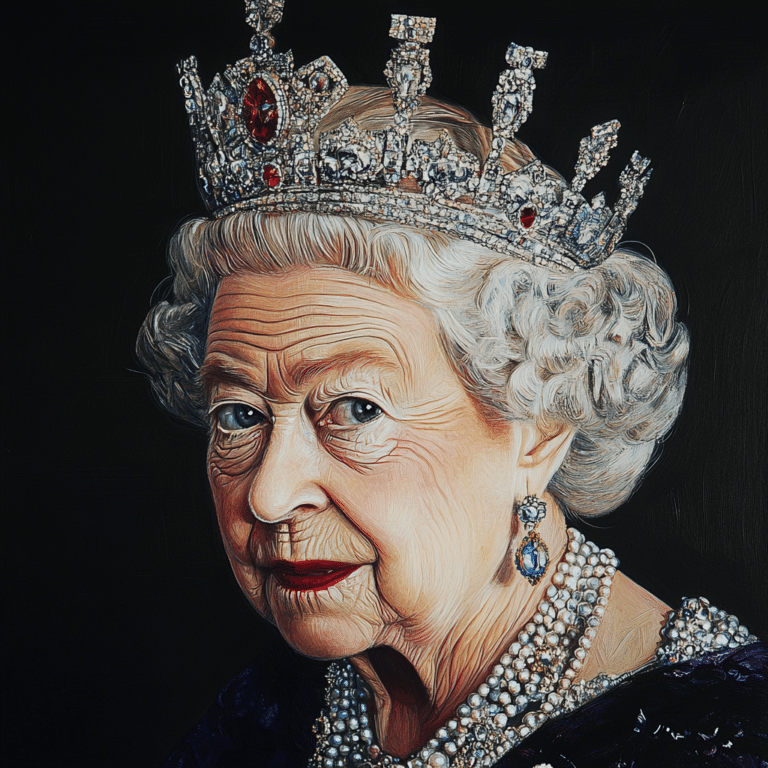In the pantheon of rock music, few songs have burrowed into the collective consciousness quite like Nirvana’s “Lithium.” This track, with its undulating dynamics and candid lyrics, has become an anthem for those seeking solace in the echoes of a guitar chord or the meaning of a lyric.

The Healing Tones of Lithium Lyrics
Listening to “Lithium,” one can’t help but feel the therapeutic qualities the song possesses. The emotional oscillations between soft, almost whispered verses, and the raw, screaming choruses serve as a sonic embodiment of the ups and downs experienced by anyone grappling with their mental health. The lyrics of “Lithium” offer that sought-after comfort, often becoming a companion during times of loneliness or confusion.
It was in the early ’90s that “Lithium” emerged as a beacon for many, voicing the silent struggles with mental health, long stigmatized and relegated to whispers. In doing so, it cemented itself not just in the grunge scene but as a cultural touchstone.

A Deep Dive into Nirvana’s Cry for Solace Through Lithium
Kurt Cobain, the lead singer and songsmith behind Nirvana, had a gift for translating his personal anguish into universal truths. His own battle with depression and the spotlight resonates through “Lithium’s” lyrics. The song paints a narrative of seeking comfort amid chaos, a refuge from the relentless storm of emotions. Take the lines “I’m so happy ’cause today I found my friends – they’re in my head”—a stark portrayal of a mind seeking companions in its solitude.
In a candid 1992 interview with Flipside, Cobain divulged that “Lithium” was a fictional account, yet one that could mirror his own escapism through the lens of someone finding religion to avoid the harrow of suicide. This lyrical crafting creates a visceral connection, blending fiction with the bleakest realities of human experience.
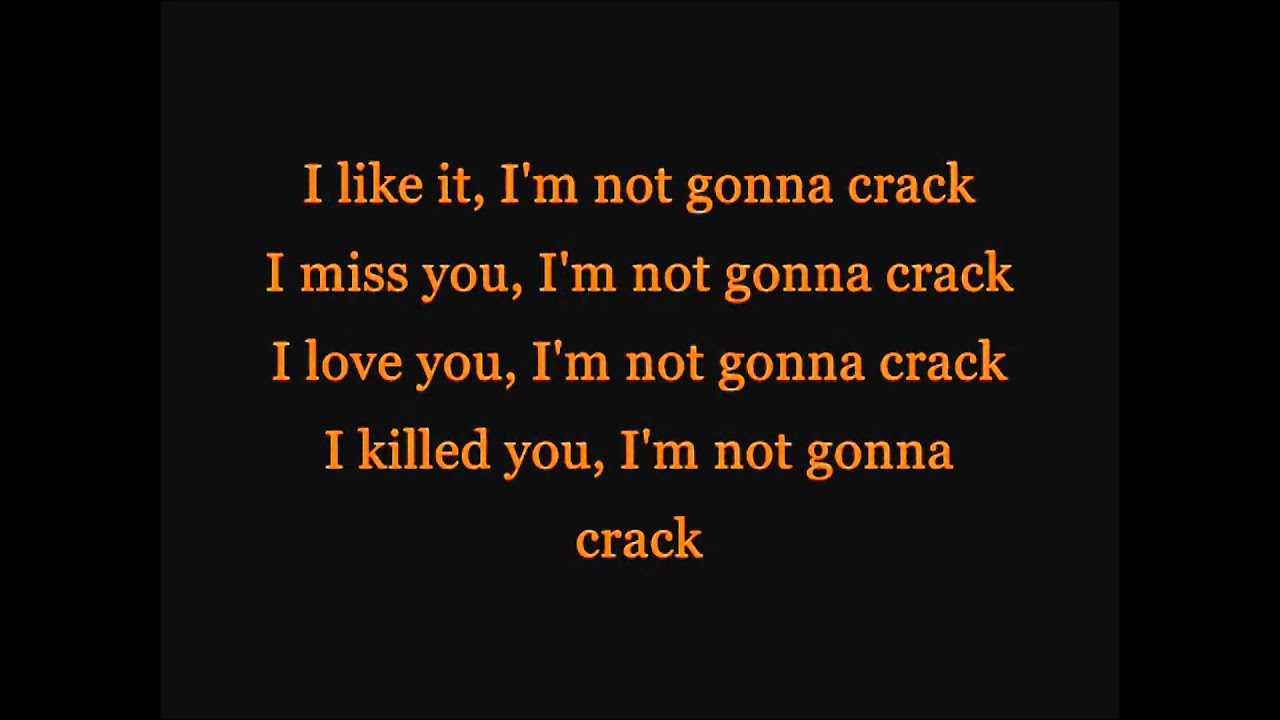
| **Aspect** | **Details** |
|---|---|
| Title | Lithium |
| Artist | Nirvana |
| Album | Nevermind (1991) |
| Release Date | July 1992 |
| Genre | Grunge, Alternative Rock |
| Songwriter | Kurt Cobain |
| Inspiration for Lyrics | Fictional story of a man finding religion after his girlfriend’s death, as a means to cope with his grief and prevent himself from succumbing to suicidal thoughts. |
| Medical Context | Lithium is a mood stabilizer often prescribed for bipolar disorder, depression, and schizophrenia. In the song, it symbolizes the man’s need for stability and a grasp on life. |
| Key Lyrics | “I’m so happy because today I found my friends – they’re in my head. I’m so ugly, but that’s okay, ’cause so are you.” |
| “I’m not gonna crack.” | |
| Lyric Analysis | The repetitive chorus “I’m not gonna crack” emphasizes the protagonist’s determination to withstand his emotional pain. |
| The lyrics “Light my candles in a daze ‘Cause I’ve found God” suggest a disoriented state of mind and a desperate clinging to a newfound faith. | |
| “In Bloom” Relation | Though not directly related to “Lithium,” “In Bloom” is another song by Nirvana from the same album that deals with the misunderstanding of the band’s message by some fans. Critics have interpreted it as Cobain’s commentary on the band’s newfound mainstream audience who did not resonate with the depth of Nirvana’s music. |
| Cultural Impact | “Lithium” is often regarded as a defining track of the grunge movement and Nirvana’s influence on alternative rock in the early 1990s. |
| Music Video | The music video features live performance footage mixed with animations, emphasizing the song’s energy and Cobain’s emotional delivery. |
| Legacy | The song has been covered by multiple artists and remains a staple on alternative rock stations. It has also been included in pop culture references and music compilations celebrating the era. |
The Musical Composition Behind Lithium’s Lyrics
The musicality of “Lithium” is as multifaceted as its lyrics. The arrangement is a dance between restraint and abandon, encapsulating the lyrical theme of searching for solace amidst tumult. From the haunting chord progressions to the juxtaposition of quiet verses against the explosive outburst of choruses, the song exemplifies Cobain’s ability to mirror thematic elements sonically.

Lithium Lyrics as a Mirror to the Youth of the 90s
During its release, “Lithium” struck a chord with the 90s youth, a generation grappling with disillusionment and a loss of faith in the societal structures of the time. The song transcended mere entertainment, becoming an emblem of the disaffected youth culture. Cobain’s lyrics reflected not only personal strife but broader social issues that many could identify with, encapsulated perfectly in lines like “Light my candles in a daze/ ‘Cause I’ve found God.”
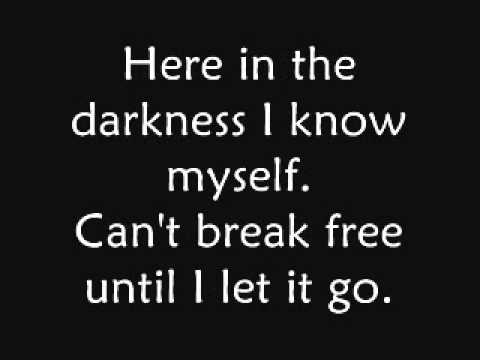
Cobain’s Songwriting Genius: The Layered Meanings in Lithium Lyrics
Diving into “Lithium,” it becomes apparent that Cobain’s songwriting was never one-dimensional. The track is riddled with layered meanings, each verse carrying weight and substance. Cobain’s genius lay in his ability to take a concept as complex as mental health, and weave it into a text that both channels and calms the chaos. The recurring refrain, “I’m not gonna crack,” becomes a mantra for endurance, despite the otherwise raw and vulnerable confessionals within the song.
The Evergreen Relevance of Lithium Lyrics in Modern Society
Decades on, “Lithium” has lost none of its potency. Its narrative on mental health remains as relevant today as when it first roared through the airwaves. Modern artists continue to draw from the well of emotional rawness and lyrical complexity that Cobain tapped into, as seen in expressions like best part Lyrics that resonate with human vulnerability and resilience.
Lithium on the Global Stage: Cover Versions and Cultural Impact
“Lithium” has transcended the realm of alt-rock, inspiring countless cover versions across diverse genres. Each rendition pays homage while bringing a unique interpretation that keeps the song current and culturally relevant. Beyond music, its impact is palpable in the realms of film and television, echoing the solace and complexity Cobain’s lyrics offered – a tribute, perhaps, to something timeless and universally understood, akin to finding hidden depth in the walking dead Tyreese.
Delving Beyond The Music: Interviews and Anecdotes From Close Associates
Delving into the song’s origin, those close to Cobain during “Lithium’s” creation have offered insights into its conception. Stories from the band’s inner circle paint a picture of an artist intensely dedicated to his craft, often hinting at the song’s reflection of Cobain’s personal search for peace—a journey echoed in the tribulations of Brendan Dassey.
The Psychological Resonance of ‘Lithium’: Expert Analyses
Mental health professionals have noted “Lithium’s” keen ability to encapsulate the mental illness struggle. Its authenticity makes it a potent tool in music therapy sessions, where patients connect to the emotions and experiences conveyed within its lines. Like finding answers in a Google search, the discussions surrounding mental health that el google can provide, “Lithium” offers an intimate perspective on the intricacies of the human psyche.
Conclusion: The Legacy of Lithium Lyrics and Nirvana’s Call to the Inner Self
Nirvana’s “Lithium” stands as a powerful anthem of inner turmoil and the pursuit of peace. More than just a significant piece in music history, its influence extends to societal attitudes towards mental health and personal resilience – it’s a testament that’s enduring, much like the resounding voice of the nike voice Of The athlete. As we look to the future, one can’t help but wonder how new generations will interpret and find their solace in “Lithium,” but its legacy, that much is clear, will continue to resonate within the halls of human experience.
For anyone still seeking that sense of connection and understanding immortalized in music, let “Lithium” be a start. It’s more than just a song; it’s a conversation, an affirmation, and perhaps, a place of healing for those who keep humming its haunting lyrics.
Exploring the Depth of Lithium Lyrics
Nirvana’s “Lithium,” a song that intricately weaves the struggles of finding solace amidst mental chaos, has been a subject of fascination much like deciphering the thoughts of someone as multifaceted as Masiela Lusha. Digging into the lyrics, we find more than just a cry for help – it’s an anthem that resonates with the highs and lows akin to a captivating conversation, much like those found in some of the best Joe rogan Podcasts.
As one dives into the chorus, “I’m so happy because today I found my friends – they’re in my head,” one can’t help but hit the pause button on life’s remote control. This poignant line captures the essence of isolation and imaginary companionship – a sentiment as universal as the hunt for savings with Cabela ‘s Coupons. It’s a jarring reminder that sometimes, what we seek can be both elusive and omnipresent, just like some of the best deals out there.
Transitioning to another gripping element, listeners can’t help but be intrigued by the song’s bridge, “I like it, I’m not gonna crack.” This stark declaration provides a paradoxical sense of fragile determination. It’s a musical epiphany that tells us even in our most turbulent times, there’s a part of us that’s clutching onto a glimmer of hope, like stumbling upon an unexpected coupon for your next outdoor adventure. The power within these lithium lyrics implores us to look within and acknowledge our own personal strife and tenacity. So, crank up the volume and let Nirvana take you on a journey – it promises to be as enlightening as an unplanned detour with unexpected rewards.

What is the meaning of the song Lithium?
What is the meaning of the song Lithium?
Well, “Lithium” by Nirvana is like this rock anthem hidden in plain sight, depicting a guy’s dive into religion after his girlfriend’s death to keep from spiraling down the rabbit hole of despair. In a ’92 heart-to-heart with Flipside, Kurt Cobain spilled the beans that it’s all about seeking a lifeline in faith when all else fails. Irony’s at play too, since lithium the drug battles the blues, and here’s this fella finding his fix in something higher.
Is the song Lithium about bipolar?
Is the song Lithium about bipolar?
Nah, not exactly. While “Lithium” shares its name with a treatment for bipolar, Kurt Cobain wasn’t pointing the spotlight on the condition itself. It’s more a hard-hitting narrative of a bloke who’s clinging to religion to stop himself from totally losing it after his partner kicks the bucket. Still, with its emotional ups and downs, you’d be forgiven for drawing parallels with bipolar’s rollercoaster ride.
What is the meaning of I am not gonna crack?
What is the meaning of I am not gonna crack?
You ever feel like you’re hanging by a thread but vow to keep it together? That’s “I’m not gonna crack” for ya. It’s a slice from “Lithium” where Cobain’s belting it out about gritting your teeth and pushing through, no matter how much life’s trying to knock you around. It’s like saying, “Come at me, world—I’ve got this!”
What is the meaning behind in bloom?
What is the meaning behind in bloom?
Talk about hitting the nail on the head, “In Bloom” is Nirvana’s shout-out – or more like a side-eye – to those fair-weather fans jumping on the bandwagon. Cobain and the gang are calling out the folks who rock out to their tunes without really getting the grit behind the lyrics. Ouch!
Why did Nirvana name the song lithium?
Why did Nirvana name the song lithium?
Well, talk about a head-scratcher! Nirvana might’ve named the song “Lithium” ’cause it’s all about a guy trying to keep his mental checkbook balanced after losing his girl, just like lithium the drug is used to steady the mood swings. Cobain’s clever like that – it gets you thinking about the tie between meds and the mind.
What is the full meaning of lithium?
What is the full meaning of lithium?
Putting everything into a pot and stirring it up, the full meaning of “Lithium” is this poetic mash-up of emotion, grappling with loss, and the quest for something to stop you from tipping over the edge. It rides the same wavelength as, you know, lithium the medication stabilizing mood disorders. Deep stuff.
How old was Kurt when she died?
How old was Kurt when she died?
Oh boy, now this one’s a mixed bag of info. No record of Kurt’s girl biting the dust; it’s all part of the song’s backstory. Cobain himself, the troubled soul, was just 27 when he left the stage for good, leaving behind a legacy as tangled as guitar strings after a wild show.
What mental illness is lithium?
What mental illness is lithium?
Straight-up, lithium is the go-to guy for treating bipolar disorder. It’s been thrown into the ring to duke it out with manic-depressive illness, keeping those mood swings from going too high or too low. Pretty handy in a pinch.
Is lithium for bipolar or schizophrenia?
Is lithium for bipolar or schizophrenia?
Mainly bipolar’s BFF, lithium is like the hall monitor, keeping the mania in check. Now and then, it’s also the wingman for schizophrenia, especially if someone’s mood swings are part of the picture.
What does crack on me mean?
What does crack on me mean?
“Crack on me”? Sounds like someone’s pushing the envelope till you’re on the brink, right? It’s when the pressure’s piling on and you’re this close to losing your cool. It’s about standing strong when you feel like you might just break.
What is the meaning of the man who sold the world?
What is the meaning of the man who sold the world?
Diving into the David Bowie classic that Nirvana famously covered, “The Man Who Sold the World” is a twister. It’s about a dude having a heart-to-heart with, well, himself or another version of himself. It’s like staring in a mirror and realizing you’ve changed, and maybe not for the better.
What are Nirvana songs about?
What are Nirvana songs about?
Oh, Nirvana’s tunes? They’re like a diary of raw emotion – love, angst, societal digs, personal demons – Cobain penned deep cuts that hit where it hurts and sometimes where it heals. Their tracks hold up a mirror to the gritty parts of life, with a riff that sticks in your head.
Why did Nirvana write In Bloom?
Why did Nirvana write In Bloom?
Nirvana had this track “In Bloom,” which was Cobain’s way of thumbing his nose at the sudden surge of fans who were jamming out without really tuning into the message. It’s their poke at the pop culture that invites fair-weather friends to the party.
What is lithium and why is it important?
What is lithium and why is it important?
Lithium isn’t just a Nirvana track; it’s this silver-white metal that’s a heavyweight in treating mood disorders. It’s big in batteries too, which makes it a pretty hot commodity in our tech-driven world. As for our minds, lithium’s like the peacekeeper stopping emotional nuclear war.
What is lithium known for?
What is lithium known for?
Lithium’s got this dual fame thing going on. On one side, it’s the rock-solid pal for people dealing with bipolar, keeping the emotional seesaw stable. On the flip side, it’s super-charged in the battery department, juicing up everything from phones to cars.
Does lithium blunt emotions?
Does lithium blunt emotions?
Yeah, kinda. Lithium sometimes gets a rep for dialing down the feels to avoid those manic or depressive spikes. But hey, for some folks, it’s better to smooth out the highs and lows than let the emotional roller coaster take them for a wild ride.
What is the meaning of About a Girl by Nirvana?
What is the meaning of About a Girl by Nirvana?
“About a Girl” is Kurt Cobain’s ode to complex relationships. It’s his way of saying, ‘I need my space, but hey, don’t go too far.’ It’s like wearing your heart on a ripped-up flannel sleeve, love’s messy but it’s the glue keeping things sticking together.








